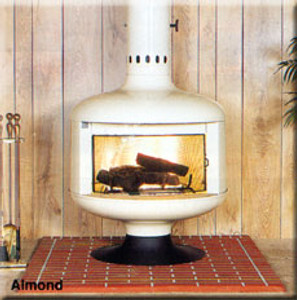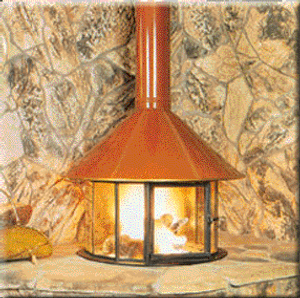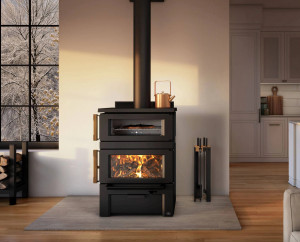
-

-

Stuv 21-125 Clad Double Face Freestanding Fireplace DF2
STUV Contemporary Wood Stoves and Fireplaces
Shop Now -

-

-

-

-

-

-

-

-

-

-

-

-

-

-

-

-

-

-

-

Nectre N65 Wood Stove, 68,500 BTU
Nectre Fireplace Products Wood Burning Heaters
$5,499.00$5,999.00Shop Now -

-

How to Buy the Best Wood Freestanding Stove?
Heating Area
Choose a stove based on the square footage you want to heat; small, medium, or large space.
Efficiency & EPA Certification
Look for EPA-certified stoves for cleaner burning and lower fuel costs.
Catalytic vs. Non-Catalytic
- Catalytic: Higher efficiency, longer burn time, more maintenance.
- Non-Catalytic: Easier to use, less upkeep.
Material Type
- Cast Iron: Holds heat longer, classic look.
- Steel: Heats up quickly, modern style.
Clearances & Venting
Make sure the stove fits your home’s safety clearance requirements and chimney setup.
FAQs - Wood Freestanding Stoves
The 3:2-10 rule helps ensure proper chimney draft and fire safety. It means the chimney must be 3 feet above the roof where it exits, and 2 feet higher than anything within 10 feet horizontally. This ensures smoke clears the roofline effectively.
The US federal tax credit allows homeowners to claim 26% of the unit combined with the professional installation for wood stoves that meet the high-efficiency standards of 75% or more.
There’s no state that has banned the use of wood burning stoves. But some states like California, Washington, and Colorado, have strict emissions regulations.
Free-standing stoves produce more heat and allow 360-degree radiation, while inserts are great for upgrading existing fireplaces. Both can be highly efficient when certified by EPA.
Freestanding stoves often provide more radiant heat to a larger space but the inserts are better if you are converting an existing fireplace with minimal changes to the unit.
Yes, if you want powerful heat output, freestanding fireplaces are worth it. They provide heat to large spaces efficiently and don’t require a masonry fireplace. They are a great investment for off-grid heating or supplementing central heat.























